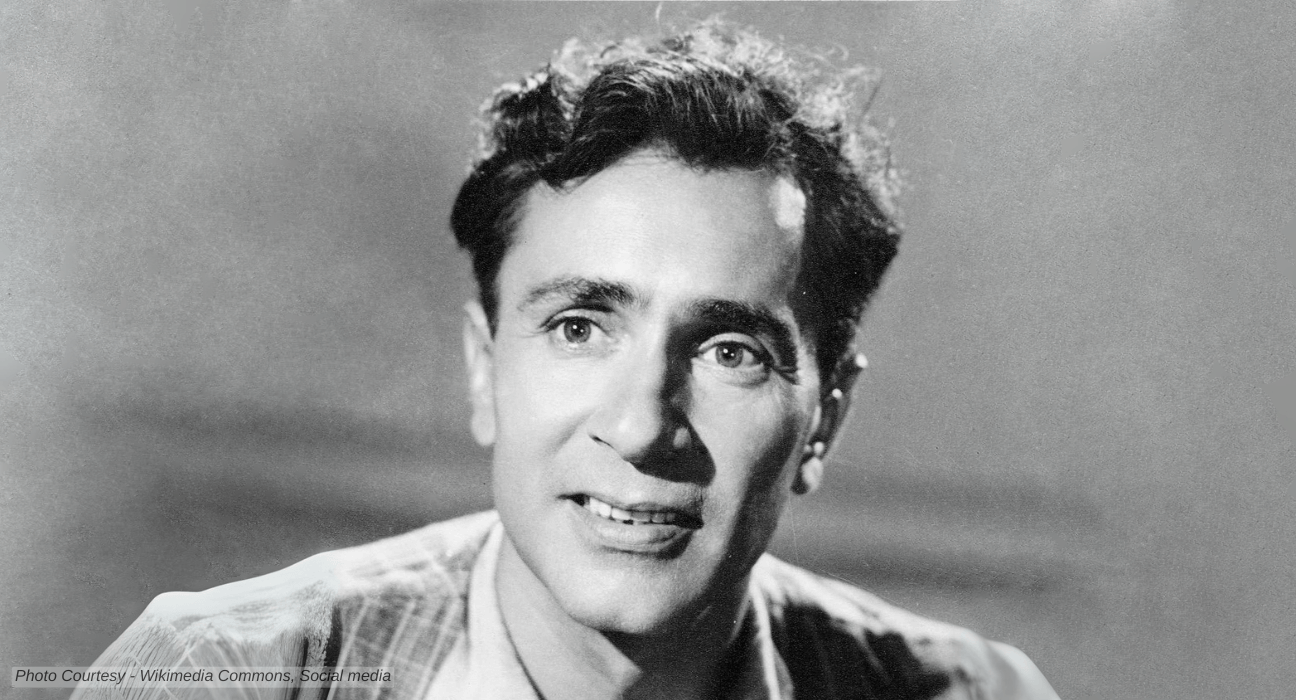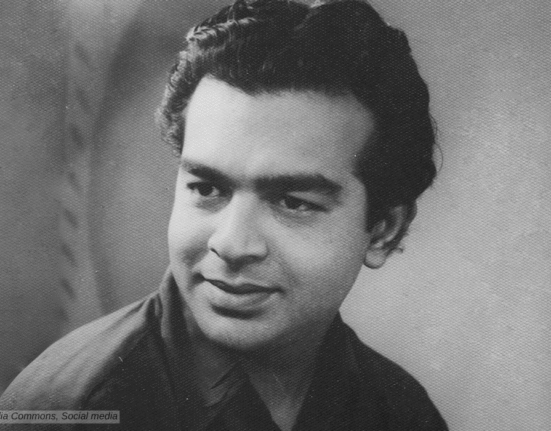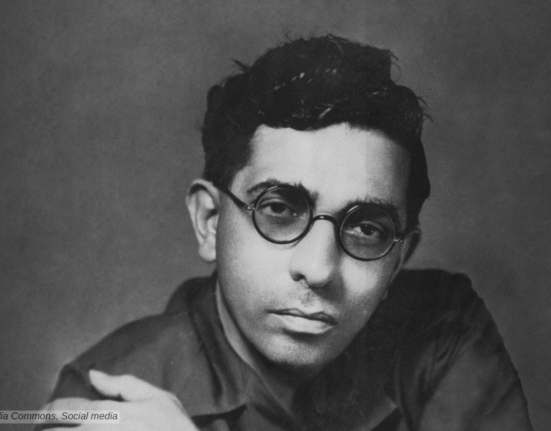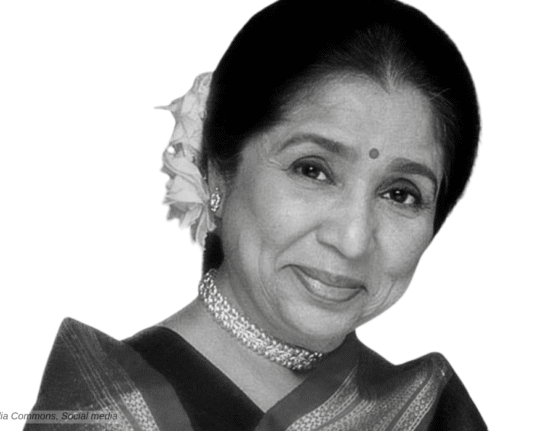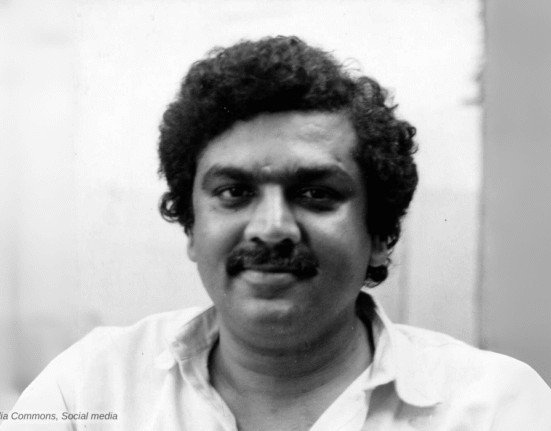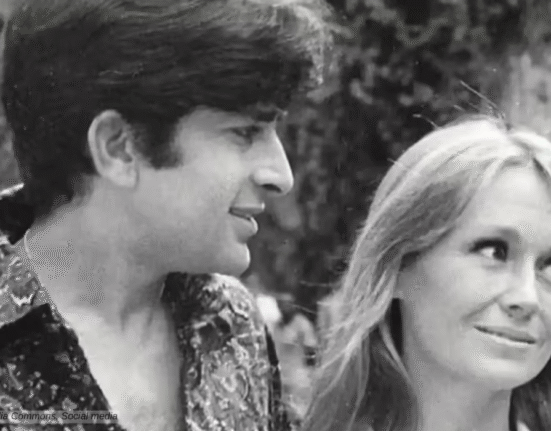Nothing was common in Balraj Sahni; an intellectual, an artist, an actor par excellence, and a figure revered by millions of people across the world, but he was known for playing the common man to perfection. Whether it is a farmer, a labourer, a white-collar job holder, a retired father, or a helpless older man stuck in the passage of time, he played it all with perfection. On his death anniversary, Tasweermahal has given you his brief life sketch, which is both fascinating and heartbreaking.
In his personal life, Sahni had an enigmatic presence and stayed aloof from the gossip mill, rarely granting personal interviews or employing publicists to promote his career. Instead, he secured roles through connections in the theatre world and friendships that valued his immense talent. Despite his low profile, Sahni’s performances left such a mark on the history of Indian cinema that people still remember him and admire him as one of the greatest actors of all time.
An actor, performer, poet, and activist, Balraj Sahni is best known for his performances in films like Dharti Ke Lal (1946), Do Bigha Zameen (1953), Chhoti Bahen (1959), Kabuliwala (1961), Waqt (1965), and Garam Hawa (1973).
Early Life
Sahni was born as “Yudhishthir Sahni” on May 1, 1913, in Rawalpindi, Punjab, to a family of staunch Arya Samaji and a big name in the textiles business in the area of Harbans Lal Sahni. His younger brother is a reputed Hindi writer, playwright, and actor, Bhishma Sahni.

He studied at Government College (Lahore) and Gordon College. After completing his master’s degree in English literature from Lahore, he returned to Rawalpindi and joined his family business. He also holds a bachelor’s degree in Hindi. Against his father’s wishes, he married “Damayanti Sahni,” the daughter of his college professor, Jaswant Rai.
Balraj Sahni left the family business and moved to Calcutta, where he joined a teacher’s position at Gurudev Rabindra Nath Tagore’s Visva-Bharati University in Shantiniketan.
Balraj Sahni An Activist
In 1939, he joined the editorial staff of a newspaper published at “Sevagram,” Wardha, where he also grew closer to Gandhi and other members of the Indian National Congress. His quest for knowledge took him to England to work for BBC London’s Hindi service in 1940.
After returning from London in 1944, Chetan Anand, an old friend from his native Punjab, convinced him to come to Bombay, where he joined the Indian People’s Theatre Association (IPTA) and worked closely with another great mind of that era, writer-filmmaker Khwaja Ahamad Abbas. Both Balraj and Damyanti starred in many plays for IPTA.
Balraj Sahni in Films
Sahni started his career with small roles in films like Insaaf (1946) and Door Chalen (1946), directed by Phani Majumdar. In 1946, K. A. Abbas gave him his first lead role against his wife Damyanti in “Dharti Ke Lal,” a film narrating the tragedy called “1943 Bengal Famine.” In April 1947, Balaraj’s first love, Damyanti, passed away following a brief illness. Gudia (1947) was the last film by Damyanti and Balraj.
After a long period of grief, he was seen in Gunjan (1948), opposite Nalini Jaywant. In 1951, he wrote the screenplay and dialogue for Guru Dutt’s directorial debut, “Baazi,” starring Dev Anand and Geeta Bali. It was the time when Chetan Anand asked him to join “Navketan” as a writer and director.
It was also the time his other friend, Zia Sarhady, recommended him for a film he was writing. His breakthrough came with his lead role in Hum Log (1951), after which he started getting more offers.
Balraj Sahni went on to do films like Filmistan’s Badnaam (1952), Manmohan Film’s Akash (1953), K.A. Abbas’s Rahi (1953), and Ramanand Sagar’s Bazooband (1954). Sahni’s most notable role came in Bimal Roy’s Do Bigha Zameen (1953). His role of the farmer struggling against the loss of his land to ever-increasing debt and industrialization is a masterclass in acting.
An Actor Par Excellence
Balraj Sahni’s commitment to his role as a farmer and a labourer in the film set him apart as an actor unafraid to engage with social realities and convey messages of protest. To prepare, he immersed himself in the lives of farmers, visiting them at work and in their homes. He even met a rickshaw puller with a story akin to his character’s and practiced running barefoot on hot city roads to embody the physicality of the role.
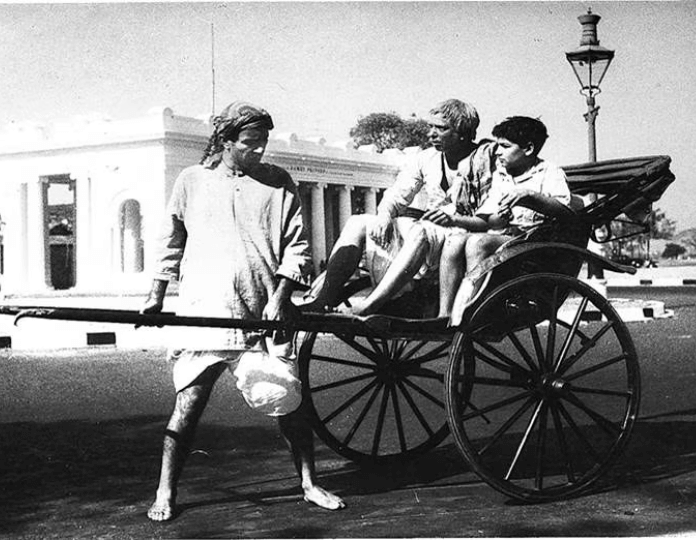
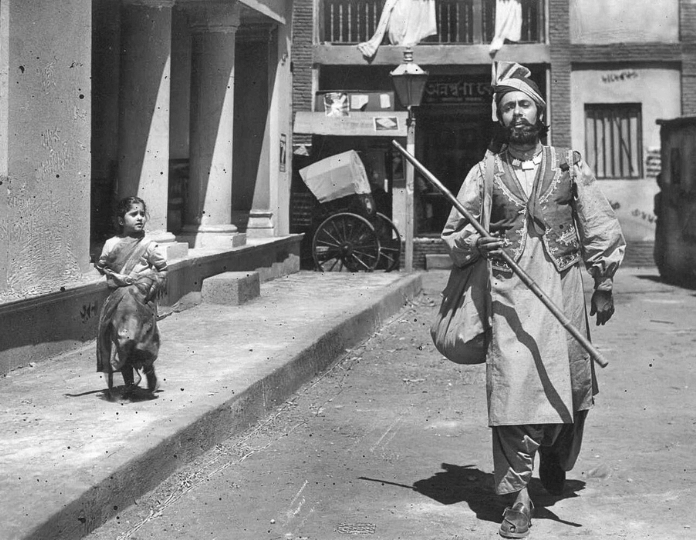
Balraj Sahni went on to give many stellar performances in films like “Aulad (1954),” “Seema (1955),” and “Garm Coat (1955).” He also appeared in noteworthy films like “Kath Putli (1957),” “Pardesi (1957),” “Bhabhi (1957),” “Lajwanti (1958),” “Chhoti Bahen (1959),” “Satta Bazaar (1959),” “Heera Moti (1959),” “Nai Maa (1960),” “Anuradha (1960),” and “Bhabi Ki Chudiyan (1961).”
In 1961, he appeared as a pathan in Hemen Gupta’s “Kabuliwala,” an adaptation of the 1892 short story “Kabuliwala” by “Rabindranath Tagore.” The film has some of the all-time classic songs of Hindi cinema, “Aye Mere Pyaare Watan” by Manna Da and “Ganga Aaye Kahan Se” by Hemanat Da, music given by Salil Choudhary.
Balraj Sahni Actor For All Seasons
From 1960 onwards, he mostly appeared in character roles in films like “Anpadh (1960),” “Haqeeqat (1964),” “Satluj ke Kande (1964),” “Waqt (1965),” “Naunihaal (1967),” “Neel Kamal (1968),” “Sunghursh (1968),” “Do Raaste (1969), “Ek Phool Do Mali (1969),” “Ghar Ghar Ki Kahani (1970),” “Nanak Dukhiya Sub Sansar (1970),” and many more.
Sahni was never known as a traditional hero who danced around trees and sang love songs, but few of Hindi cinema’s most memorable songs were picturised on him, most notably “Tu Pyar Ka Sagar Hai (Seema,1955),” “So jaa re Raj dulare, (Jawab, 1955),” “Main Apne Aap Se Ghabra Gaya (Bindiya, 1960),” “Aye meri zohra-jabeen (Waqt, 1965),” “Aye Mere Pyare Watan (Kabuliwala,1961),” “Tujhe Suraj Kahoon Ya Chanda (Ek Phool Do Mali, 1971),” and many more.

Later Years
Sahni’s filmography is a testament to his versatility and dedication to the craft of acting. With over 100 films to his name, he is best remembered for his roles in classics such as “Do Bigha Zamin” (1953), “Kabuliwala” (1961), and “Garm Hava” (1974).
Balraj Sahni’s last notable role was in Garm Hawa (1973), produced by IPTA and directed by M. S. Sathyu, based on a short story by Ismat Chughtai. The story explored the consequences of the partition in 1947 on the lives of the people who lost their homes and were forced to flee their homeland. Balraj Sahni passed away due to a heart attack on April 13, 1973, shortly after completing the final dubbing of “Garam Hawa” at the age of 59. His performance in the film received widespread acclaim, making the film his swan song.
Balraj Sahni was not only a talented actor but also a skilled writer, initially writing in English and Hindi. He started writing in Punjabi on the advice of Gurudev Rabindra Nath Tagore. His literary contributions included works like “Mera Pakistani Safarnama (1960)” and “Mera Rusi Safarnama (1969), which earned him the “Soviet Land Nehru Award.”
He also published Kamey (Punjabi), Ek Safar Ek Daastaan (Punjabi), Gair Jazbaati Diary (Punjabi), the Hindi short story collection “Basant Kya Kahega,” and his autobiography, “Meri Filmi Aatmakatha.” Sahni’s writings reflected his deep political awareness, showcasing his diverse talents beyond the realm of acting.
Balraj Sahni on IMDB



